'Gueith camlann in qua Arthur et Medraut corruerunt.' Thus reads the Annales Cambraie for the year 537.
It translates as 'the strife of Camlann, in which Arthur and Medraut fell'. That latter name is more usually rendered as Modred these days, while Camlan has lost that final 'n'.
That is all that the earliest written documentation says. We don't know who Arthur and Medraut were, and if they were fighting on the same side or against each other. Much later stories filled in details, which might not be quite historically accurate.
But the placename evidence tells its own tale, which you will discover as you wander through this legendary Arthurian landscape.




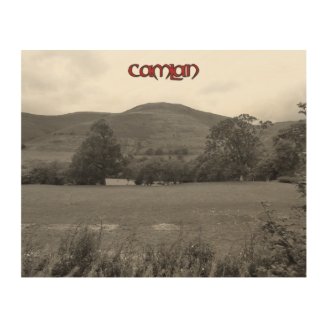
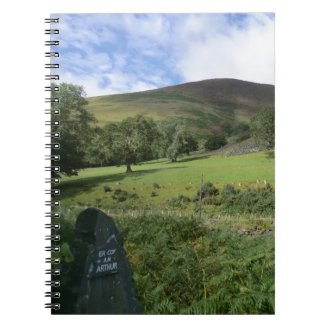



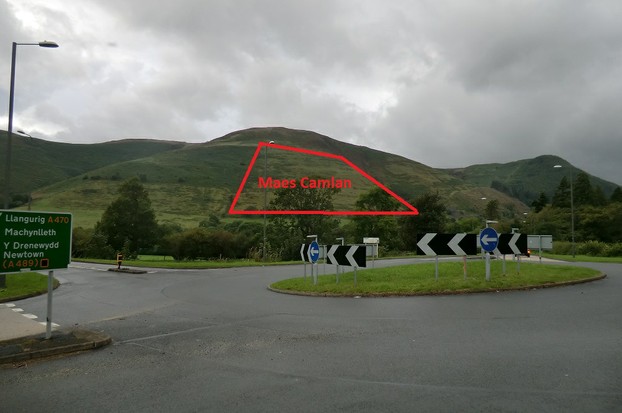
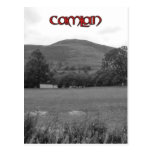
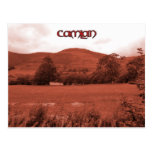
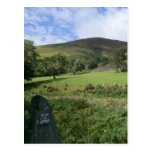
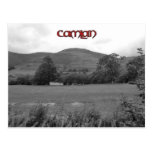
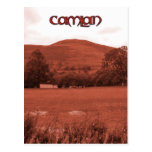
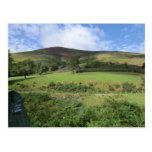
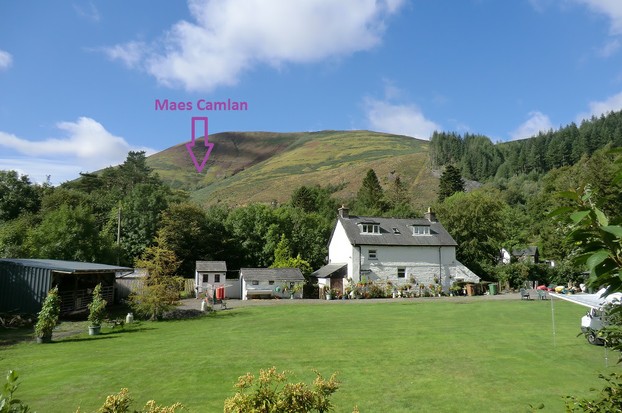
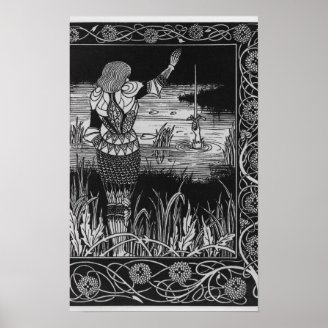
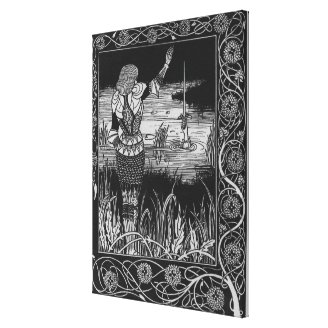

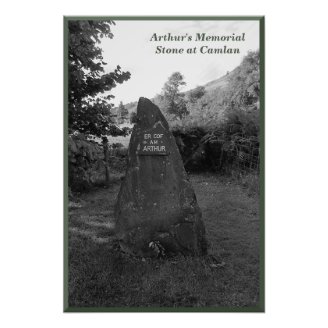



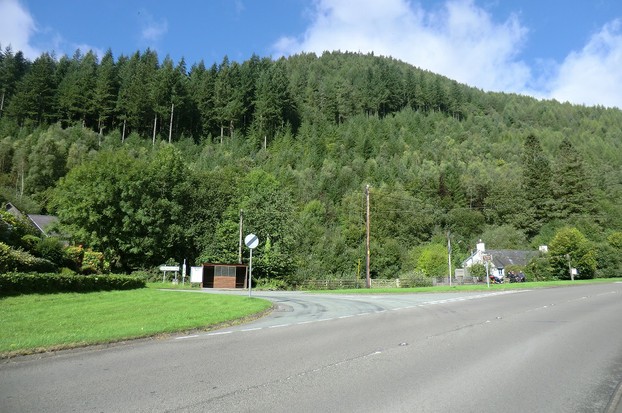
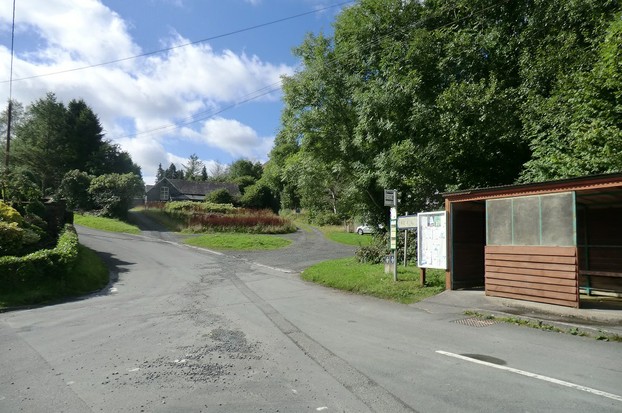
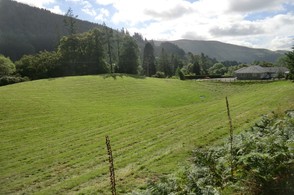
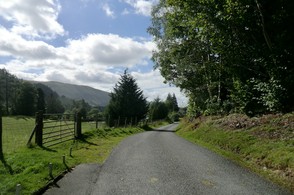


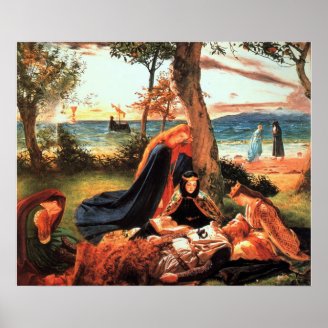
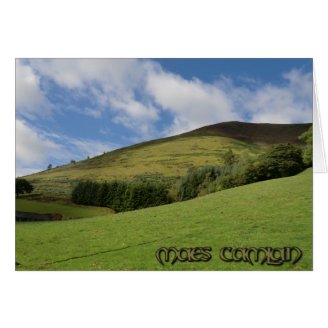
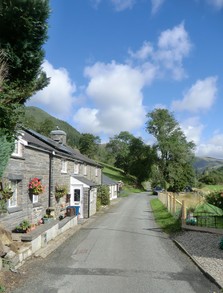
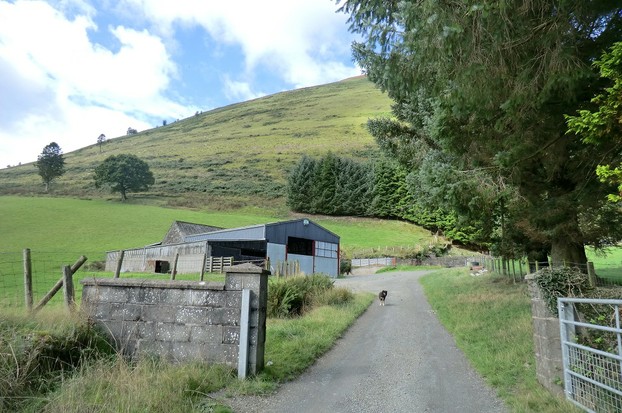
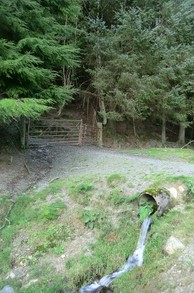
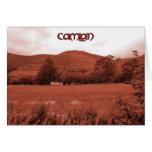
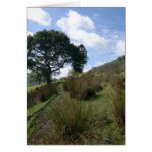
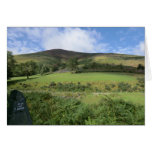
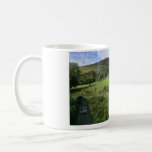
















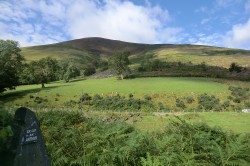

 St Tydecho's Churches in West Waleson 09/03/2014
St Tydecho's Churches in West Waleson 09/03/2014
 Goodies for an Outlander Premiere Partyon 03/06/2015
Goodies for an Outlander Premiere Partyon 03/06/2015
 Holocaust Memorial Day Interview with Rainer Höss, Grandson of Rudolf Architect of Auschwitzon 01/24/2015
Holocaust Memorial Day Interview with Rainer Höss, Grandson of Rudolf Architect of Auschwitzon 01/24/2015
 Romantic Valentine Gifts for an Outlander Fanon 01/16/2015
Romantic Valentine Gifts for an Outlander Fanon 01/16/2015

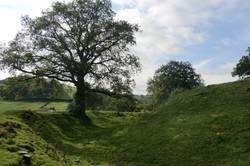
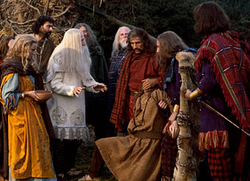
Comments
Thank you so very much for creating this webpage -- I would never have been able to make it to all these significant sites without your thorough, detailed, and easy-to-follow directions!
LOL All good, and I'm glad that you enjoyed it. :)
Oops sorry, predictive text, meant Jo.
I really enjoyed thus, thank you No.
There really is no other way to look at history. :)
Your latest comment shows why you are such a good historian and historical writer. You let your imagination take you into the past and you relive it; and your enthusiasm and emotional involvement are manifest in your work. You draw us all with you.
It really does hit home when you stand before the Brigands Inn and look up. I've been reading about, and imagining, Camlan for decades, but to stand there seeing the strategic position laid out, brought the goosebumps to my arms.
Looking at the pictures of the site,it would be natural for one side to line up on a hill slope as a defensive strategy. So this is the kind of place where a battle might be fought.
Now I've just got to find them all...
The article would be significant and interesting. I look forward to it.